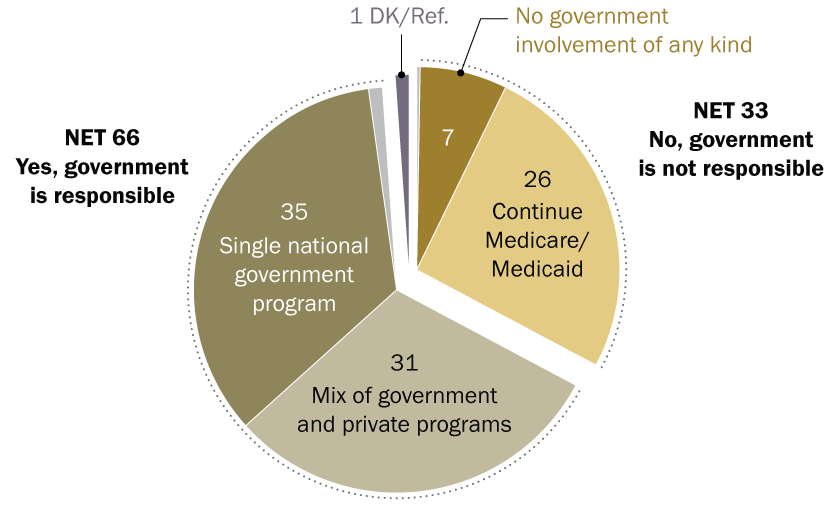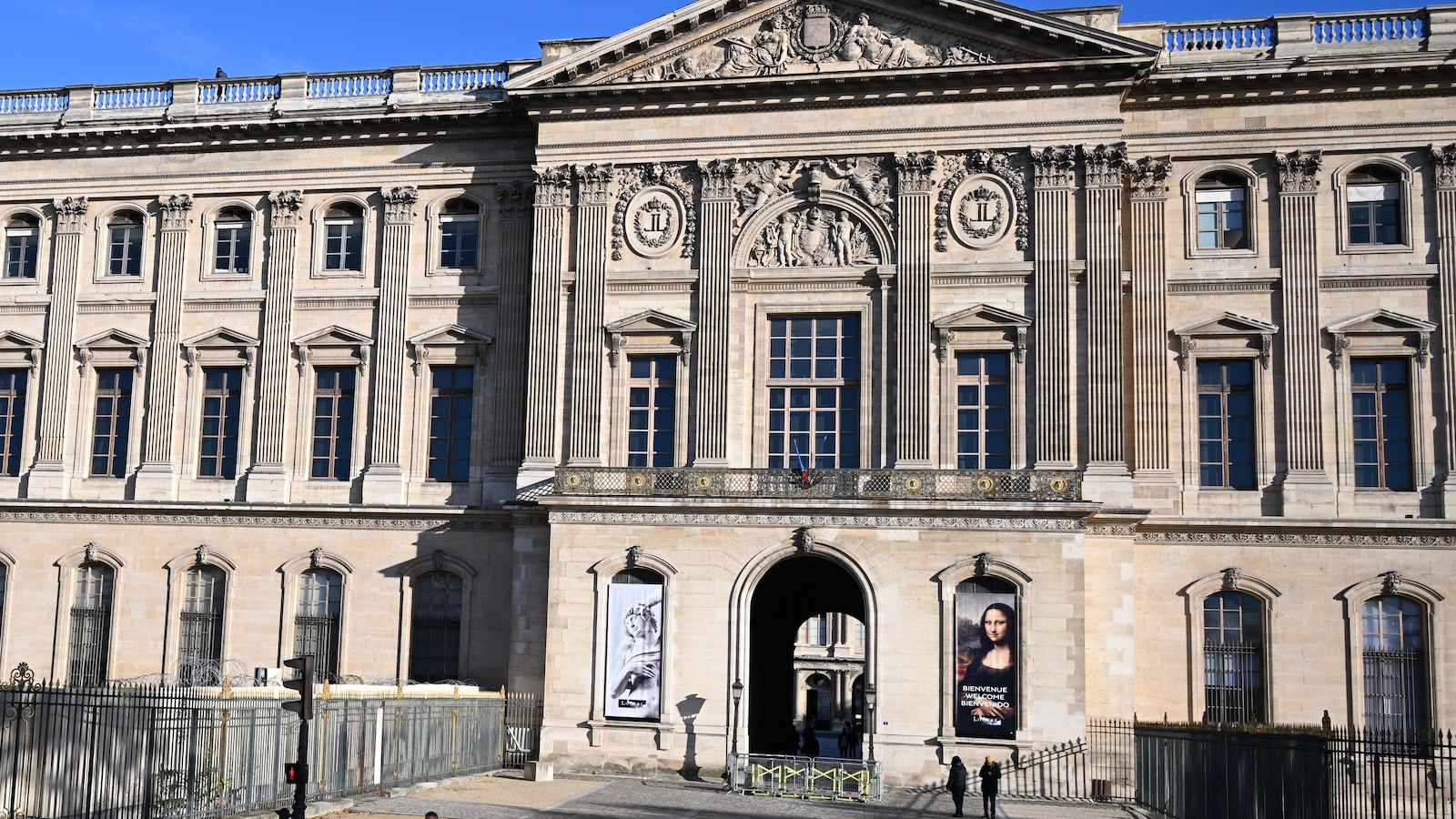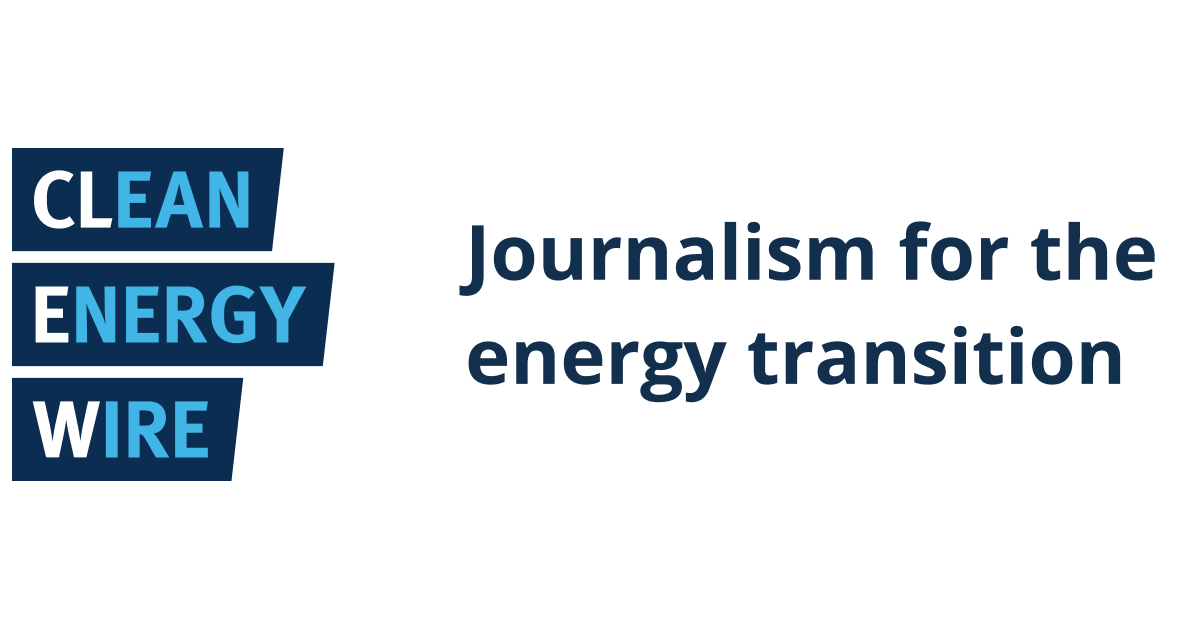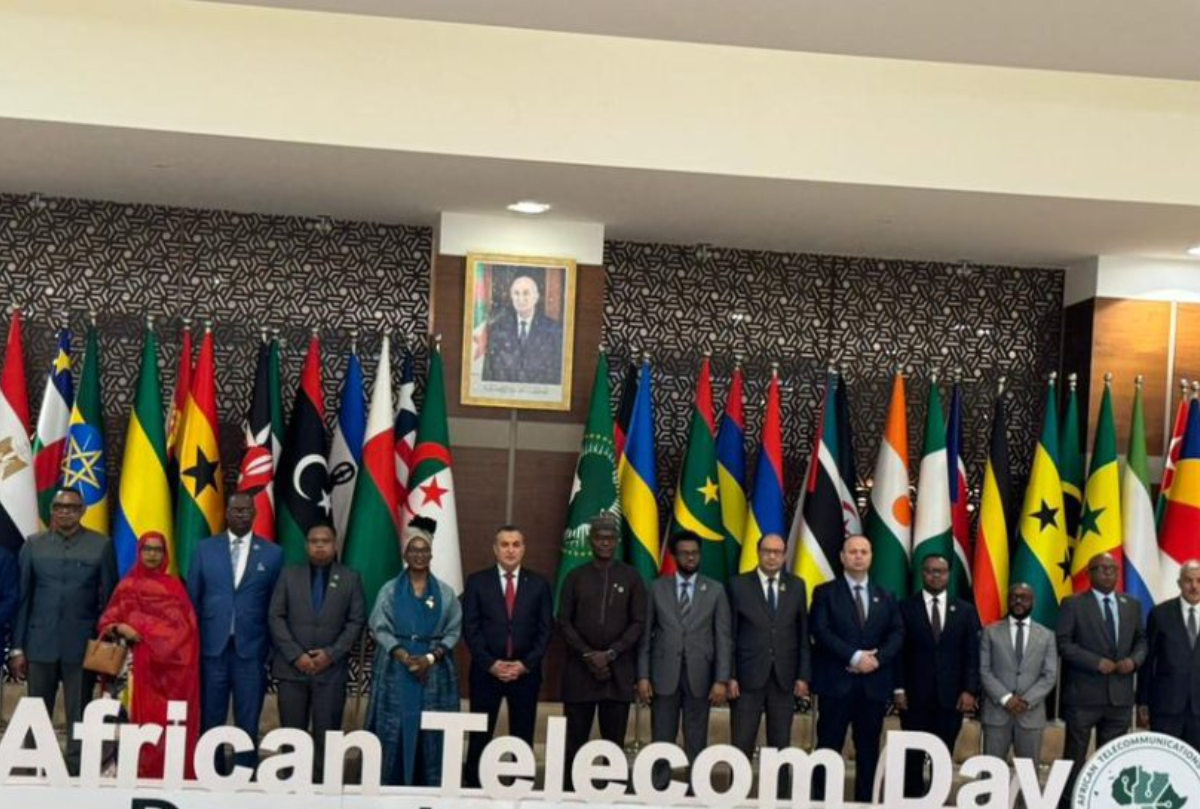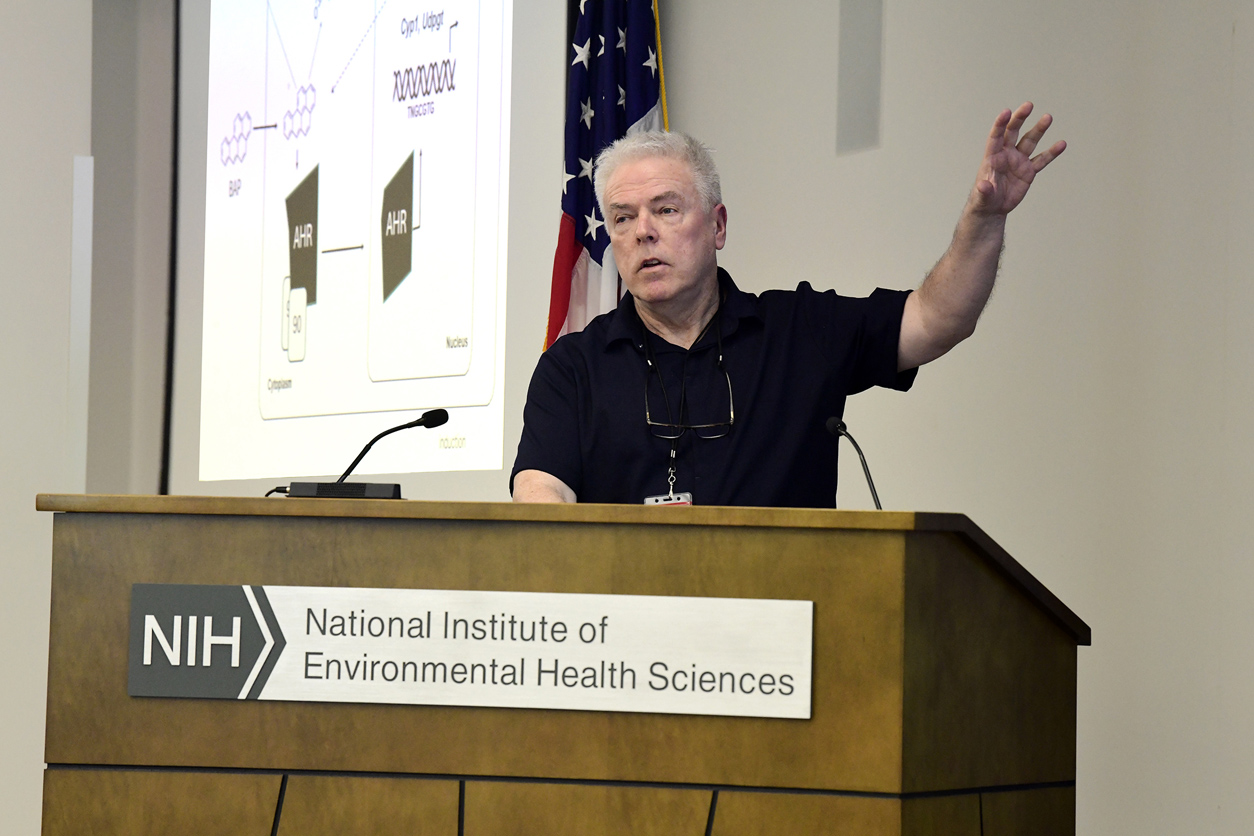GreenGen Gains U.S. Army Corps of Engineers Contract to Modernize Energy Efficiency in Federal Buildings – Home | EnergyTech

Federal Infrastructure Modernization Initiative Aligned with Sustainable Development Goals
Executive Summary: A Public-Private Partnership to Enhance National Sustainability
The U.S. Army Corps of Engineers has initiated a significant program to modernize energy and water systems across federal buildings, selecting sustainability management firm GreenGen as a key contractor. This initiative utilizes Energy Savings Performance Contracts (ESPCs) to address critical infrastructure vulnerabilities and directly supports the achievement of several United Nations Sustainable Development Goals (SDGs). The program aims to overhaul outdated systems in the nation’s 277,000 federal buildings, many of which were constructed before the adoption of modern energy codes.
The Challenge: Aging Infrastructure and Its Impact on Sustainability
A 2023 Government Accountability Office report highlighted the severe state of federal infrastructure, presenting a major obstacle to national sustainability and climate action targets. Key challenges include:
- A total maintenance and repair backlog of $370 billion across the Department of Defense and other civilian agencies.
- Many of the 277,000 federal buildings are operating well beyond their intended lifespans with inefficient, outdated systems.
- These inefficiencies present a direct contradiction to the principles of responsible resource management outlined in the SDGs.
The Solution: Performance-Based Contracts for Sustainable Development
The program leverages the Energy Savings Performance Contract (ESPC) model, an innovative financing mechanism that aligns with SDG 17 (Partnerships for the Goals). This public-private partnership model allows federal agencies to:
- Fund comprehensive infrastructure upgrades without substantial upfront capital appropriation.
- Utilize private-sector capital and expertise for project implementation.
- Repay project costs over an extended period using the guaranteed financial savings from reduced energy and water consumption.
Direct Contributions to Global Sustainable Development Goals (SDGs)
This federal modernization program is fundamentally aligned with the 2030 Agenda for Sustainable Development, making significant contributions across multiple goals:
- SDG 7 (Affordable and Clean Energy): The core objective is to improve energy efficiency through modernized lighting, heating, and cooling systems. The introduction of clean energy technologies like localized power generation and microgrids directly supports the transition to sustainable energy.
- SDG 6 (Clean Water and Sanitation): A specific focus on water efficiency addresses the sustainable management of water resources, a key target of this goal.
- SDG 11 (Sustainable Cities and Communities): By retrofitting public buildings to be more efficient and resilient, the initiative makes the communities they are part of more sustainable and reduces their environmental footprint.
- SDG 13 (Climate Action): The project is a direct form of climate action. By improving energy efficiency, it will substantially reduce greenhouse gas emissions. According to the American Council for an Energy-Efficient Economy, such improvements can cut overall U.S. emissions by 50% by 2050.
- SDG 9 (Industry, Innovation, and Infrastructure): The program is a direct investment in building resilient, reliable, and sustainable infrastructure. It fosters innovation by deploying modern technologies like microgrids and energy storage to enhance the resilience of mission-critical facilities.
- SDG 12 (Responsible Consumption and Production): By tackling energy and water waste in public buildings, the initiative promotes patterns of sustainable consumption and production on a national scale.
Scope of Modernization and Projected Impact
GreenGen’s work will encompass a wide range of upgrades designed to maximize efficiency and resilience, thereby unlocking long-term environmental and economic value.
Modernization Areas:
- Lighting Systems
- Heating and Cooling (HVAC) Systems
- Power Generation and Energy Storage
- Microgrids
- Water Efficiency Measures
Projected Impact:
- Enhanced operational resilience for mission-critical federal buildings.
- Cost-effective retrofits that generate long-term financial savings for taxpayers.
- A significant contribution to meeting national and global climate and sustainability targets.
SDGs Addressed or Connected to the Issues Highlighted in the Article
The article discusses the modernization of energy and water systems in U.S. federal buildings, which directly connects to several Sustainable Development Goals focused on energy, water, infrastructure, and climate action.
-
SDG 6: Clean Water and Sanitation
The project explicitly aims to address “water service vulnerabilities” and improve “water efficiency,” which is a core component of SDG 6.
-
SDG 7: Affordable and Clean Energy
The central theme of the article is the modernization of “outdated energy” systems in federal buildings to improve efficiency. The project includes upgrading “lighting, heating and cooling systems, power generation and energy storage,” all of which are fundamental to achieving clean and efficient energy use.
-
SDG 9: Industry, Innovation and Infrastructure
The initiative is a large-scale effort to “overhaul outdated energy and water systems” and “upgrade infrastructure.” The article highlights the retrofitting of 277,000 federal buildings to make them more sustainable and efficient, which aligns with the goal of building resilient and sustainable infrastructure.
-
SDG 11: Sustainable Cities and Communities
By improving the energy and water efficiency of a vast portfolio of 277,000 federal buildings, the project contributes to reducing the overall environmental footprint of national infrastructure, a key aspect of creating more sustainable communities.
-
SDG 13: Climate Action
A major outcome of the energy efficiency upgrades is climate change mitigation. The article directly states that such improvements can “cut overall U.S. greenhouse gas emissions by 50% by 2050,” linking the project to national climate action goals.
Specific Targets Identified Based on the Article’s Content
The article’s content points to several specific SDG targets being addressed by the modernization project.
-
Target 6.4: Substantially increase water-use efficiency
The project’s stated goal of improving “water efficiency” in federal buildings directly supports this target, which aims to increase water-use efficiency across all sectors.
-
Target 7.3: Double the global rate of improvement in energy efficiency
The entire program is an exercise in improving energy efficiency. By “modernizing… lighting, heating and cooling systems” in buildings that were constructed “before modern energy codes were adopted,” the project is designed to make a significant improvement in energy efficiency, aligning with the ambition of this target.
-
Target 9.4: Upgrade infrastructure and retrofit industries to make them sustainable
The article describes a program to “overhaul outdated energy and water systems” and “tackle energy retrofits” in the nation’s 277,000 federal buildings. This is a direct implementation of Target 9.4, focusing on upgrading infrastructure for increased resource-use efficiency and sustainability.
-
Target 13.2: Integrate climate change measures into national policies, strategies and planning
The fact that the “U.S. Army Corps of Engineers awarded GreenGen and other contractors with energy savings performance contracts” demonstrates the integration of climate change mitigation measures (via energy efficiency) into national infrastructure planning and policy.
Indicators Mentioned or Implied in the Article
The article implies or directly mentions several metrics that can be used as indicators to measure progress towards the identified targets.
-
Indicator for Target 6.4 (Water Efficiency)
Implied Indicator: Change in water consumption in retrofitted buildings. The project’s success in improving “water efficiency” would be measured by the reduction in water use after the modernization of water systems.
-
Indicator for Target 7.3 (Energy Efficiency)
Implied Indicator: Reduction in energy consumption per building or per square foot. The article discusses “energy savings performance contracts,” which are repaid “using the money saved with the upgraded equipment.” This directly implies that the primary metric for success is the amount of energy (and money) saved, which is a measure of improved energy efficiency.
-
Indicator for Target 9.4 and 13.2 (Sustainable Infrastructure and Climate Action)
Mentioned Indicator: Reduction in greenhouse gas emissions. The article provides a specific, large-scale potential outcome, stating that activating these technologies can “cut overall U.S. greenhouse gas emissions by 50% by 2050.” This serves as a direct indicator for measuring the project’s contribution to climate action and sustainable infrastructure.
Summary of SDGs, Targets, and Indicators
| SDGs | Targets | Indicators |
|---|---|---|
| SDG 6: Clean Water and Sanitation | Target 6.4: By 2030, substantially increase water-use efficiency across all sectors. | Implied: Measured improvement in “water efficiency” and reduction in water consumption in federal buildings. |
| SDG 7: Affordable and Clean Energy | Target 7.3: By 2030, double the global rate of improvement in energy efficiency. | Implied: Reduction in energy consumption from modernized “lighting, heating and cooling systems.” The financial model of “energy savings performance contracts” is based on this indicator. |
| SDG 9: Industry, Innovation and Infrastructure | Target 9.4: By 2030, upgrade infrastructure and retrofit industries to make them sustainable. | Implied: The number of federal buildings retrofitted; investment in sustainable infrastructure ($370 billion backlog mentioned). |
| SDG 11: Sustainable Cities and Communities | Target 11.6: By 2030, reduce the adverse per capita environmental impact of cities. | Implied: Reduced environmental footprint of the 277,000 federal buildings nationwide through energy and water efficiency. |
| SDG 13: Climate Action | Target 13.2: Integrate climate change measures into national policies, strategies and planning. | Mentioned: The potential to “cut overall U.S. greenhouse gas emissions by 50% by 2050.” |
Source: energytech.com

What is Your Reaction?
 Like
1
Like
1
 Dislike
0
Dislike
0
 Love
0
Love
0
 Funny
0
Funny
0
 Angry
0
Angry
0
 Sad
0
Sad
0
 Wow
0
Wow
0

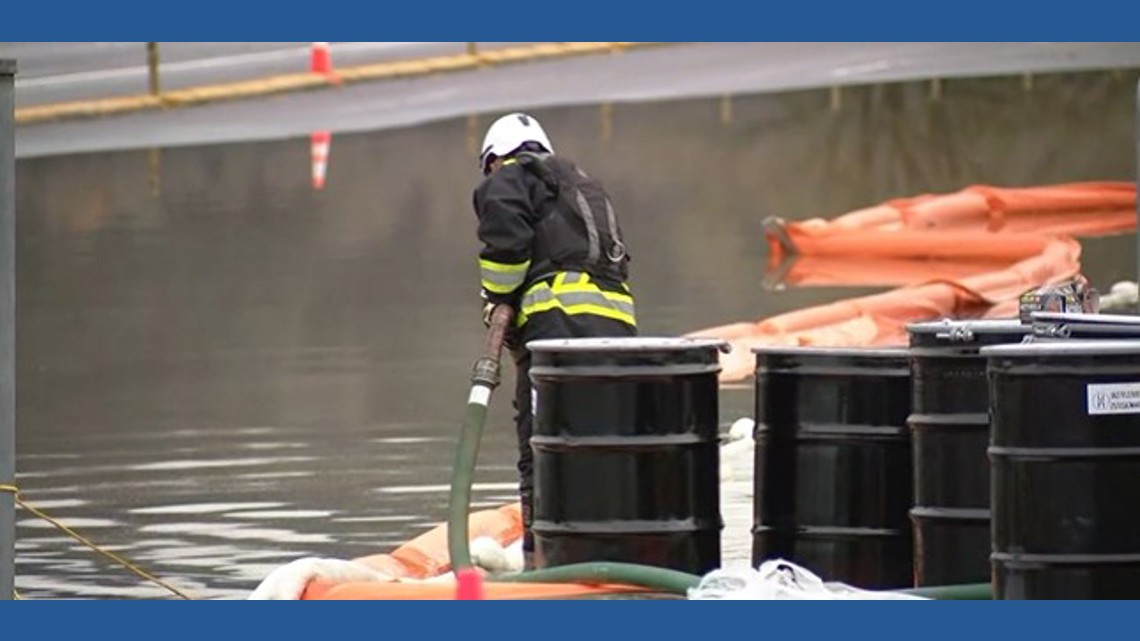






















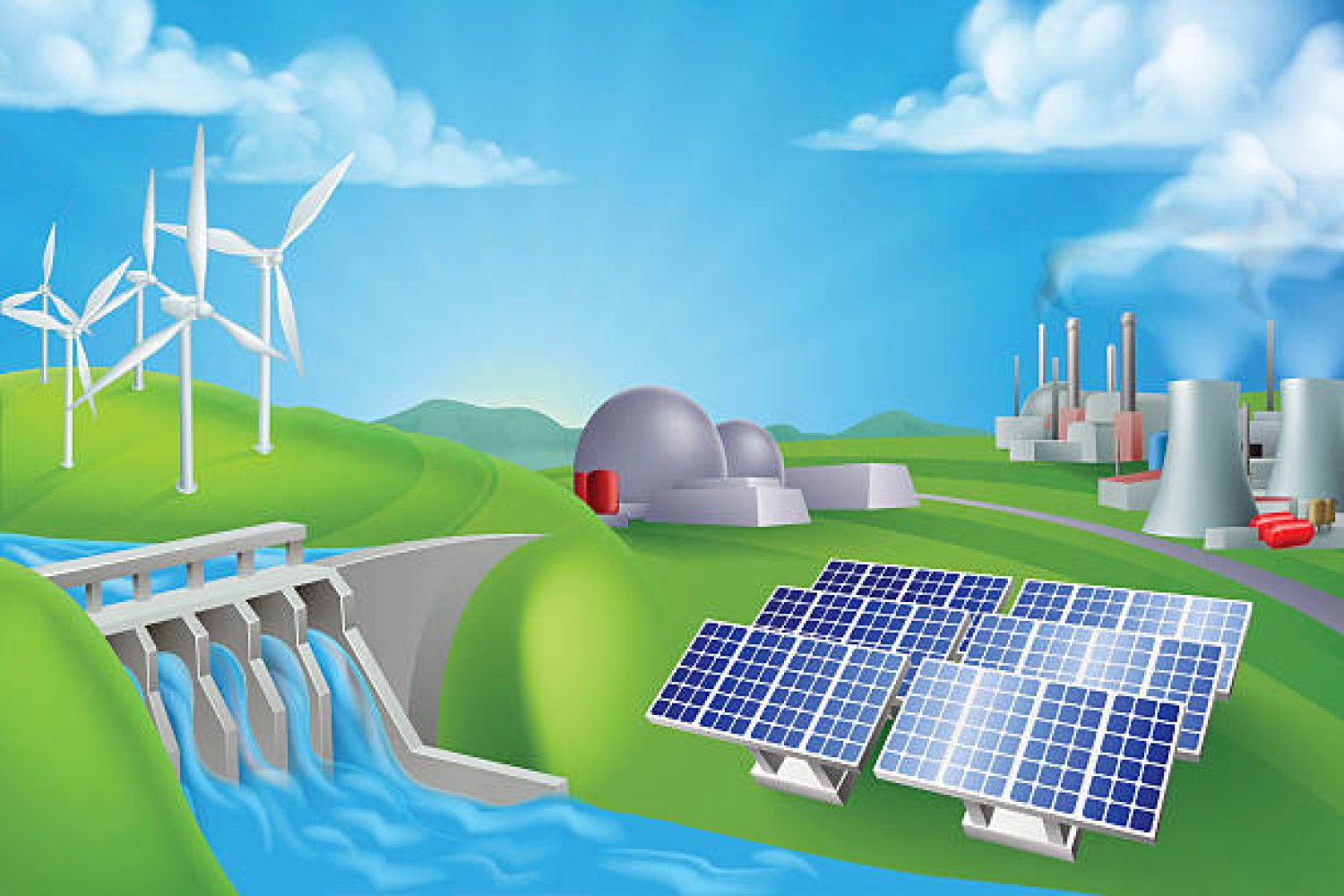










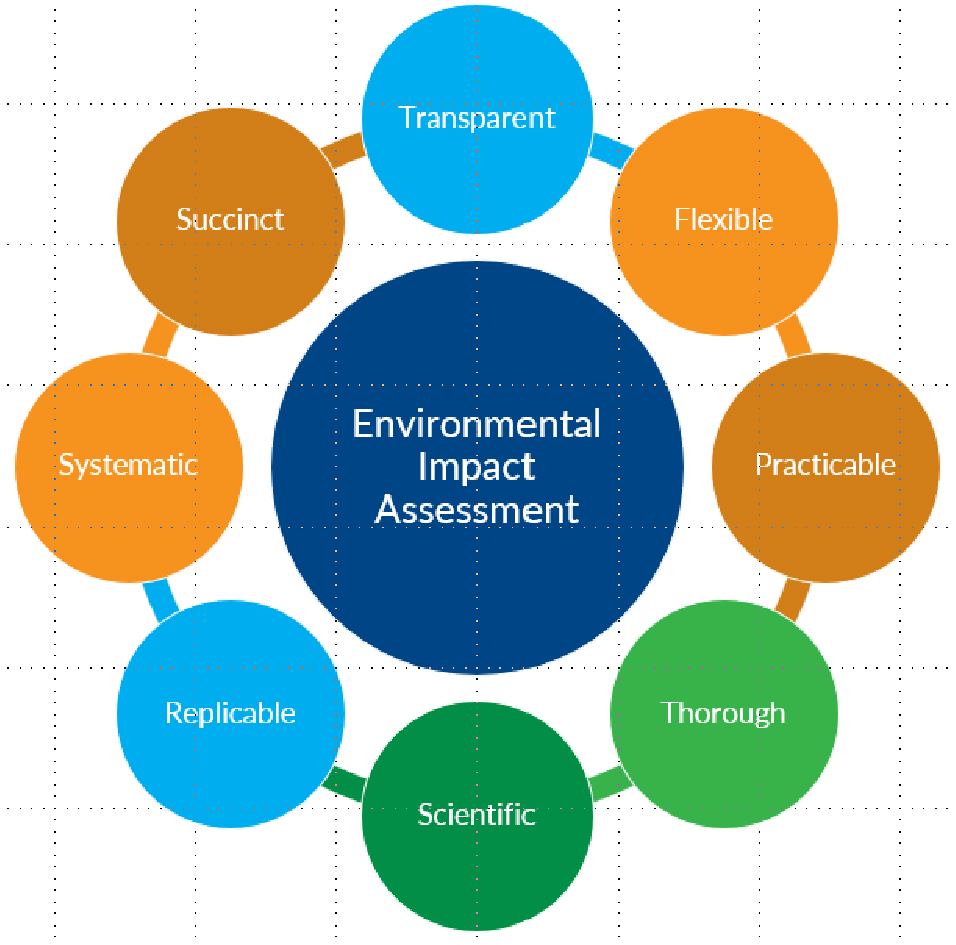












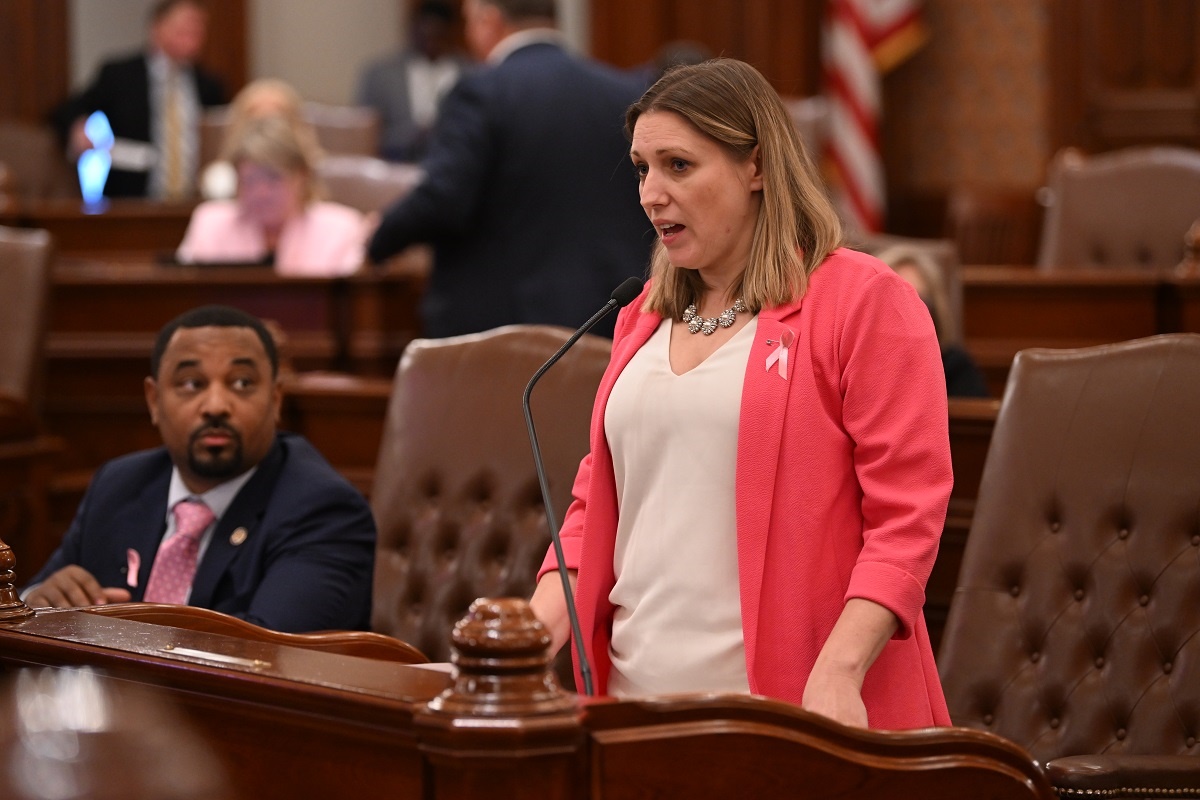



.jpg.webp?itok=0ZsAnae9#)





